I love my office. I love young adult literature. I love my students. I appreciate the TIME I spend teaching, and my favorite PLACE is the classroom. I hope you enjoy whatever SETTINGS you are in right now, whether in literature or real life. (Oh, wait, aren’t they one and the same?)
|
This week's guest contribution is Sharon Kane. I have been learning from Sharon for quite awhile now. Every time I talk with her I learning something new about teaching or researching young adult literature. She has been a great friend the Dr. Bickmore's YA Wednesday and you can read her previous posts here, here, and here. Take it away Sharon. On a Monday afternoon in June, I was in my office, happily preparing for my graduate level YA literature class. Students would be bringing their reflections on the day’s assigned text, The Smell of Other People’s Houses, by Bonnie-Sue Hitchcock. The story is set in Alaska, a couple of decades before my students were born, so I knew they’d see it as historical fiction. (Actually, they had earlier read Meg Medina’s Burn, Baby, Burn, set in New York City in the late seventies, so we had already traveled back in time.) I pulled books from my shelves that were set during various time periods, then dragged them in bags, boxes, and suitcases into the classroom. After our discussion of The Smell of Other People’s Houses, including comments on the setting as it related to the plot, I placed my copy on the ledge of the white board in the front of the room, and wrote “1970” above it. I told students we would be making a literary timeline with the books I had brought in. Then I sat down and watched. There was rich discussion as students looked through the books for evidence of a year or a time period. Some titles were obvious: Christopher Paul Curtis’s The Watsons Go to Birmingham, 1963; Chris Crowe’s Mississippi Trial, 1955; Laurie Halse Anderson’s Fever 1793. So helpful! Students reminded each other of the dates of World War II and the Civil War as well as the Renaissance; the Industrial Revolution; the Great Depression; and our country’s first Women’s Rights Convention in Seneca Falls in 1848. They decided to place books set in the twentieth and twenty-first centuries along the front of the room, while stories set earlier than that would go on tables along a side wall. I had pictured a long, linear time line, but students started a vertical layering of books whose settings overlapped. I heard comments such as, “I never realized Michelangelo and Leonardo da Vinci were contemporaries!” “I LOVED Karen Cushman’s novels when I was a kid!” “I was obsessed with books about the Great Chicago Fire, so I know this book goes here-- 1871.” “We read Rita Williams-Garcia’s One Crazy Summer last semester, so we know that took place in 1968. Do you see another book about the Black Panthers that we could put with it?” When we were finished, students said they had a better understanding of how historical events related to each other in terms of time, and some began planning a similar activity for their own classrooms, representing various grade levels. They liked seeing fiction and nonfiction books about the same topics sitting together. Gary D. Schmidt’s The Wednesday Wars is set during the 1967-68 school year, and the companion book, Okay for Now, takes place during the 1968-69 school year. It made sense to them to place biographies of John Lennon and John Glenn, along with informational books about the Civil Rights Movement and the Vietnam War, alongside those novels. That evening, we never took a break. Students just refused to leave the project. But, at 8:00 p.m., after taking pictures with their phones, they reluctantly disassembled our literary time line and helped me lug books back to my office before leaving for home. I was tired, and hoped to get part of my hour-long commute completed before dark. I looked forward to coming back to campus on Wednesday, when I could use the same books to facilitate Part Two of my lesson on setting. We would imagine our classroom as a world map, and place the books accordingly. The front of the room would be labeled “North.” Tables could be used for continents and countries; the floor could represent the oceans. I thought about the books that took place in the 1930s, all clumped together on Monday. Now they would be sorted by geography. Jen Bryant’s The Trial takes place in New Jersey in 1935, while the happenings of Out of the Dust, by Karen Hesse, occur in Oklahoma during the previous year, and Mildred Taylor’s Roll of Thunder, Hear my Cry tells a different story of 1934 in Mississippi. Al Capone Does my Shirts, by Gennifer Choldenko, is set on Alcatraz in 1935. The Berlin Boxing Club, by Robert Sharenow; Boys in the Boat, by Daniel James Brown; and Triumph: The Untold Story of Jesse Owens and Hitler’s Olympics, by Jeremy Schaap, all take place in 1936 Germany; they could stay together, but would be an ocean away from the books mentioned in the preceding sentence. Our room would look completely different with the books organized by place! We would talk about global literature and diversity; we would be able to see where my collection has holes and needs work. Alas. On Tuesday, the fire code enforcers made a surprise visit to my office. What I saw as wonderful resources for teaching about setting, they perceived as “clutter” and “combustibles.” I was cited for violations and warned that the situation must be abated immediately. I dutifully went in and put my beautiful books back on the shelves. I admit that at first I felt a tad like Big Brother was watching me. But YA literature has taught me to take on others’ perspectives. Now I realize that the inspectors were doing their important job, just as I was doing mine. I even grew to be grateful that they chastised me with a visual that I could work into this post on “Setting.” Maybe it will help some of you, my colleagues, to feel better about the state of your offices, knowing that at least yours hasn’t led to a criminal record. Or maybe you’d like to boast about having way more books than I have; feel free to send in pictures of your office libraries. We could make a collage. Imagine the literary time line and world map we could make with our combined YA favorites! I love my office. I love young adult literature. I love my students. I appreciate the TIME I spend teaching, and my favorite PLACE is the classroom. I hope you enjoy whatever SETTINGS you are in right now, whether in literature or real life. (Oh, wait, aren’t they one and the same?) Comments are closed.
|
Dr. Steve Bickmore
|
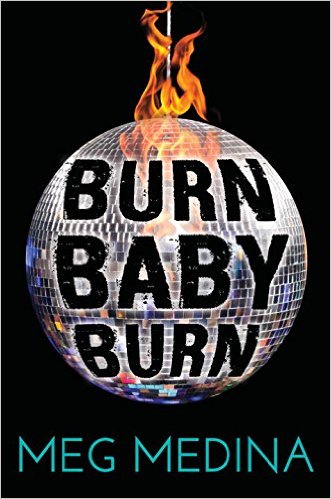
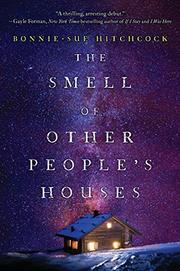
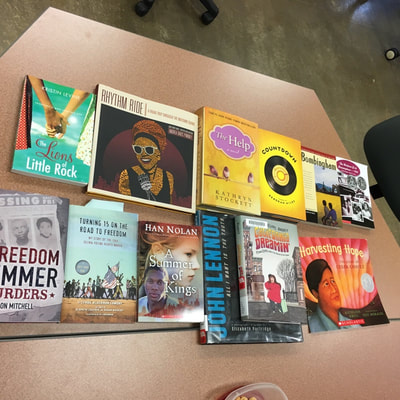
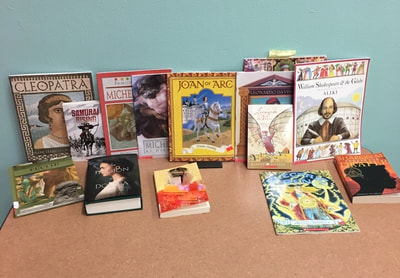
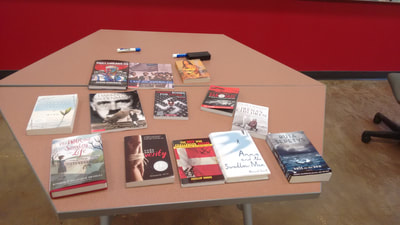
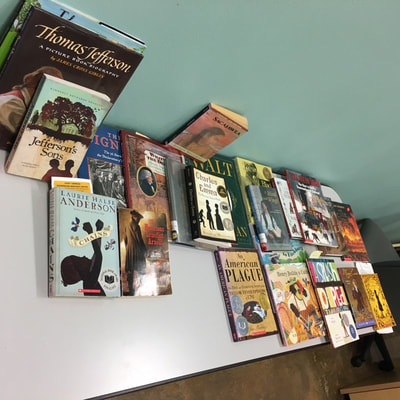
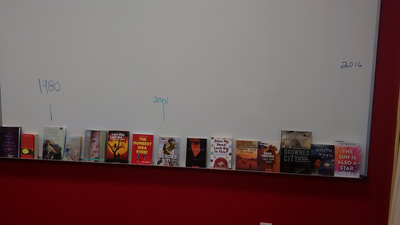
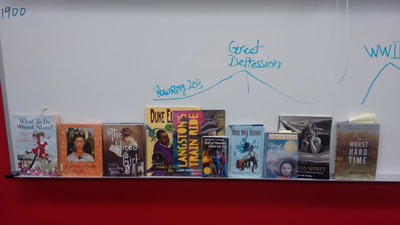
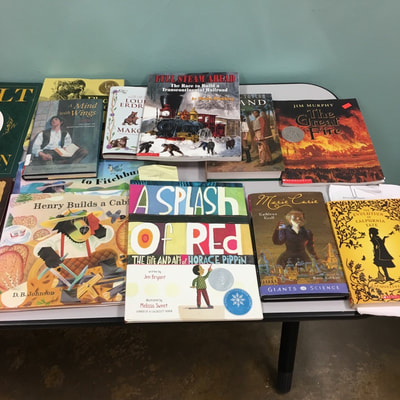
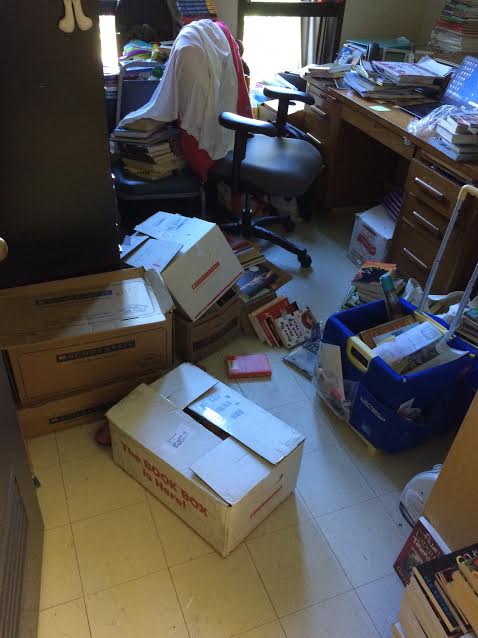
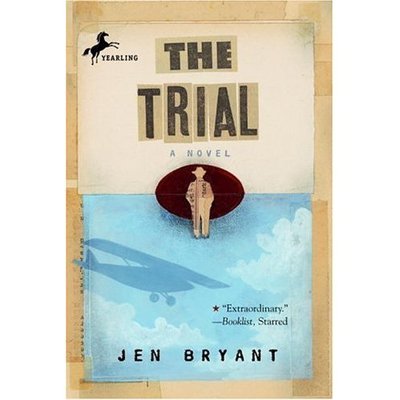
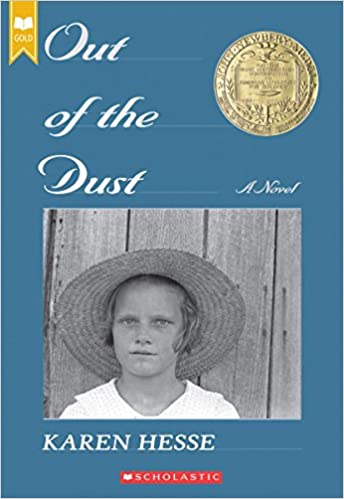
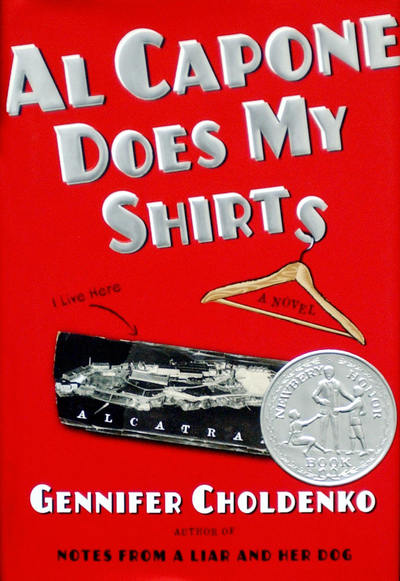

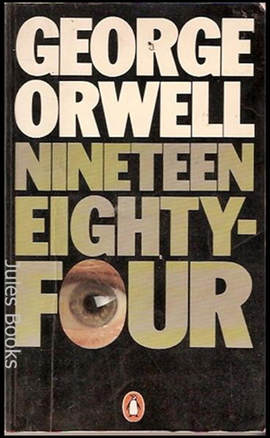
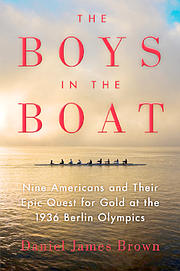
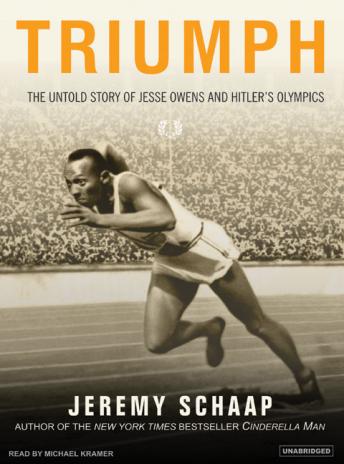

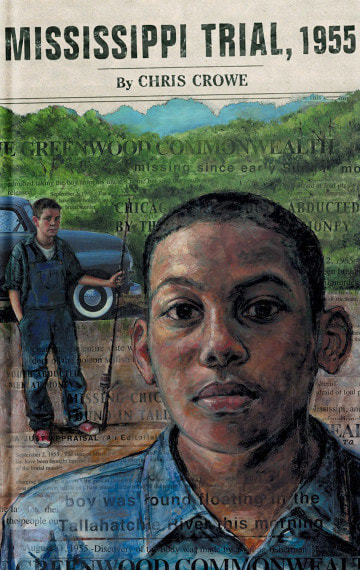

 RSS Feed
RSS Feed